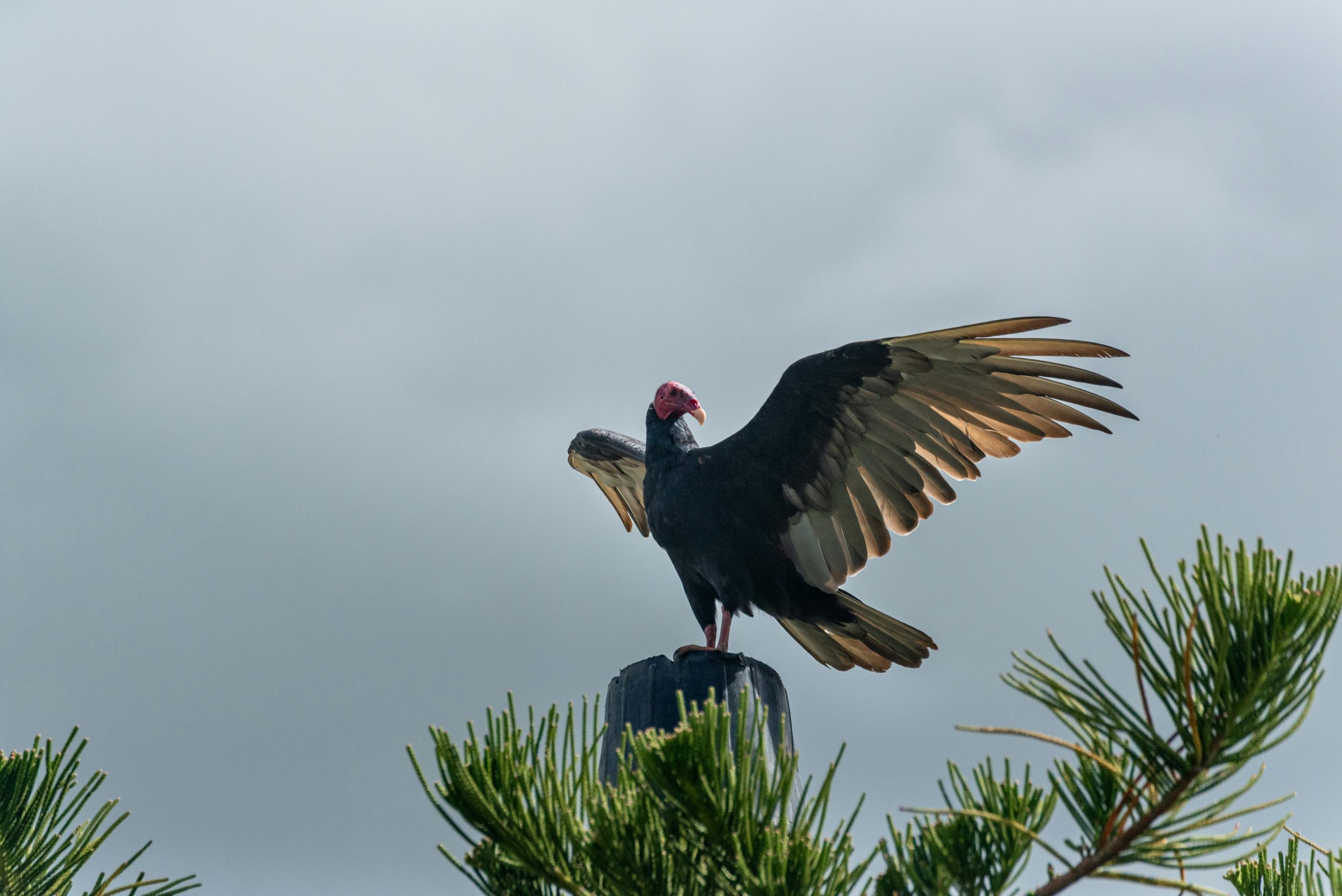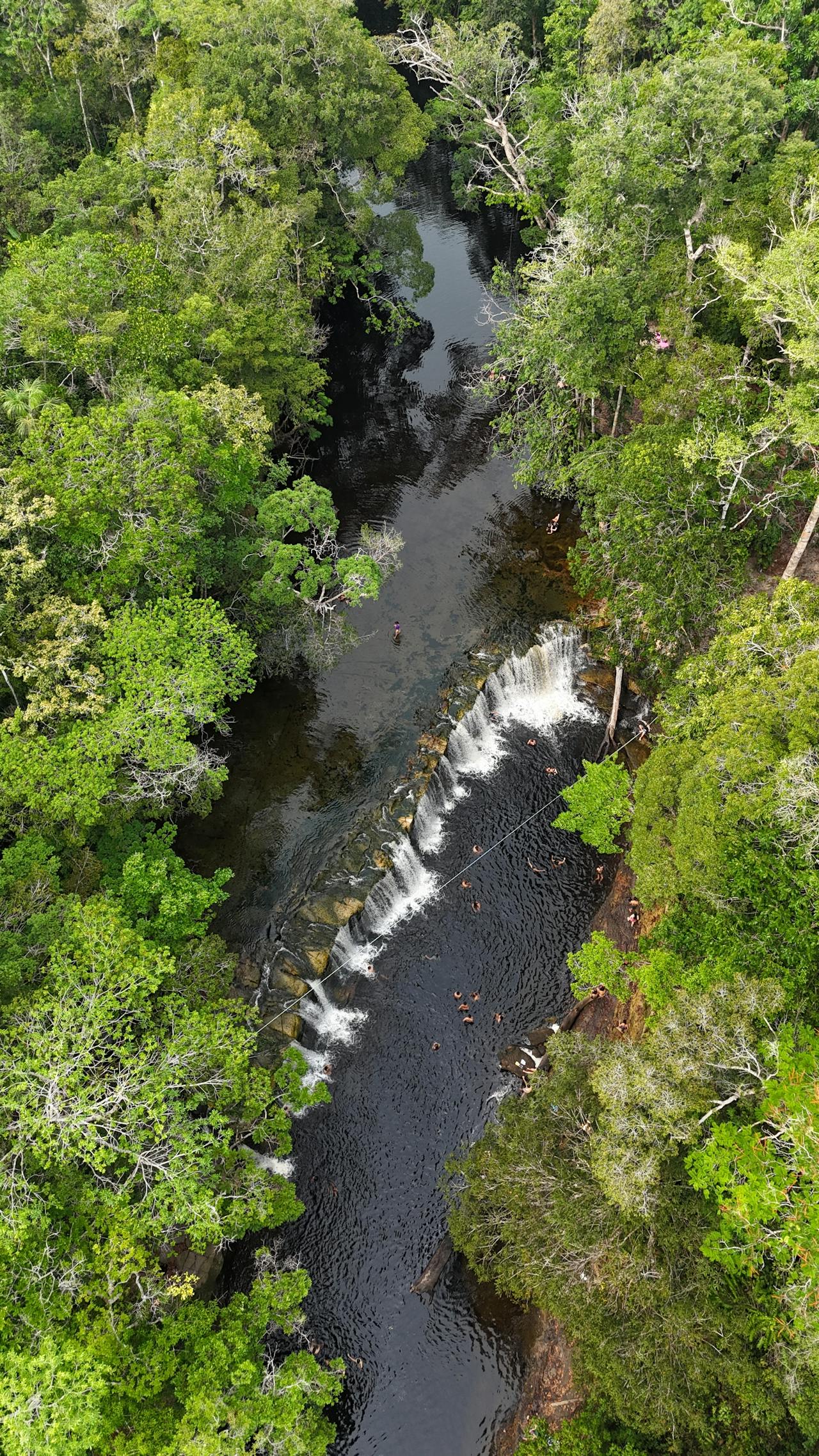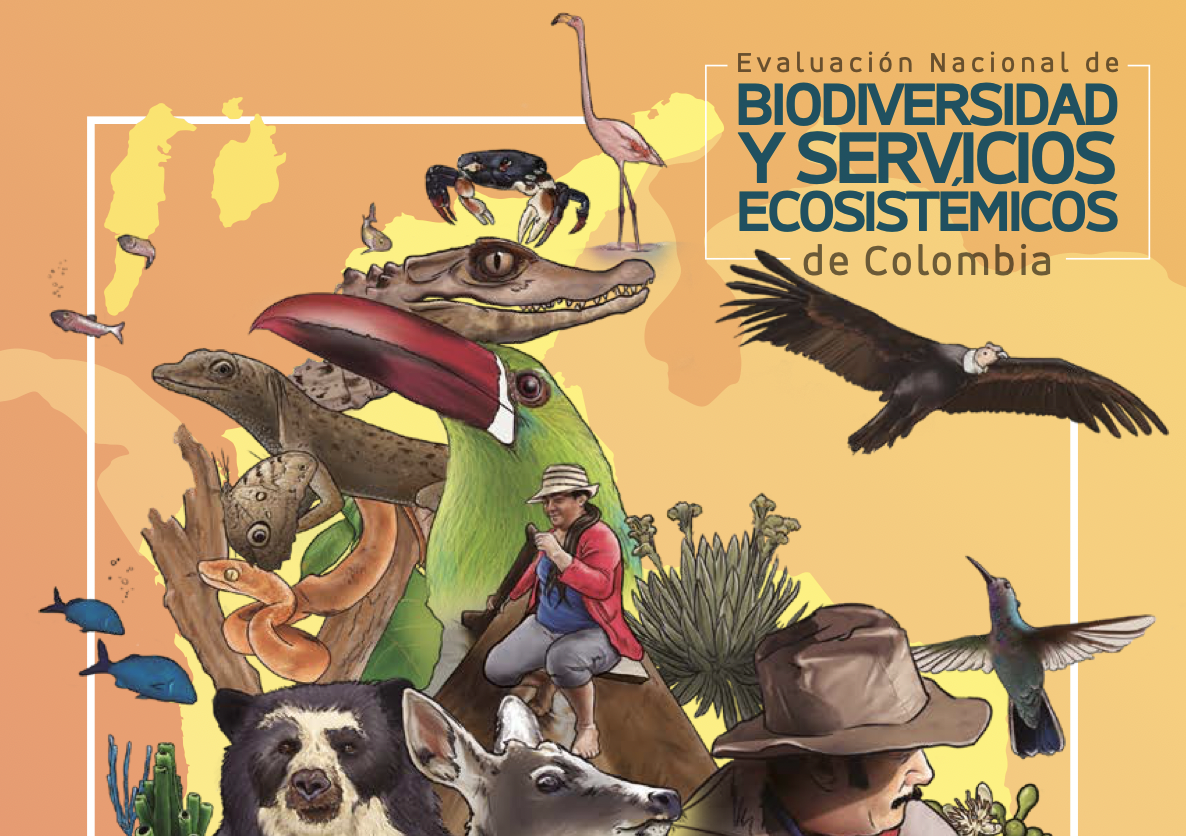The activity patterns of mammals are highly variable across species and can be affected by many factors, such as daytime length (i.e., sunrise to sunset), temperature, precipitation, predator-prey or competitive interactions, and human activities. However, while several studies have investigated the seasonal and diel activity patterns of mammals using camera traps, information on their diel activity patterns in relation to nonlethal tourist activity is limited. Therefore, here, we conducted video-camera-trap surveys in Endau Rompin National Park in Peninsular Malaysia to examine the detection rates and diel activity patterns of the mammals living there, as well as differences in their diel activity patterns between the open and closed tourist seasons. Barking deer (Muntiacus muntjak), bearded pig (Sus barbatus), wild boar (S. scrofa), greater oriental chevrotain (Tragulus napu), and Malayan tapir (Tapirus indicus) exhibited significant differences in their diel activities among time periods: Malayan tapir was predominantly nocturnal, the greater oriental chevrotain was predominantly crepuscular and all other species were strongly diurnal. In addition, the data indicated that the Malayan porcupine (Hystrix Brachyura) was nocturnal and the Asian elephant (Elephas maximus) was cathemeral, although the differences between time periods were not significant for these species. The detection frequencies of barking deer, bearded pig, wild boar, and Malayan porcupine were higher in the open season. However, these differences were not related to human activity recorded by the cameras, and none of the mammalian species exhibited significant differences in their diel activity patterns between the open and closed seasons, suggesting that nonlethal tourist activity has limited effects on the diel activity patterns of wild mammals in this National Park.
Effects of nonlethal tourist activity on the diel activity patterns of mammals in a National Park in Peninsular Malaysia
Year: 2019
































































































































































































































































































































































































































































































































































































































































































































































































































































































































































































































